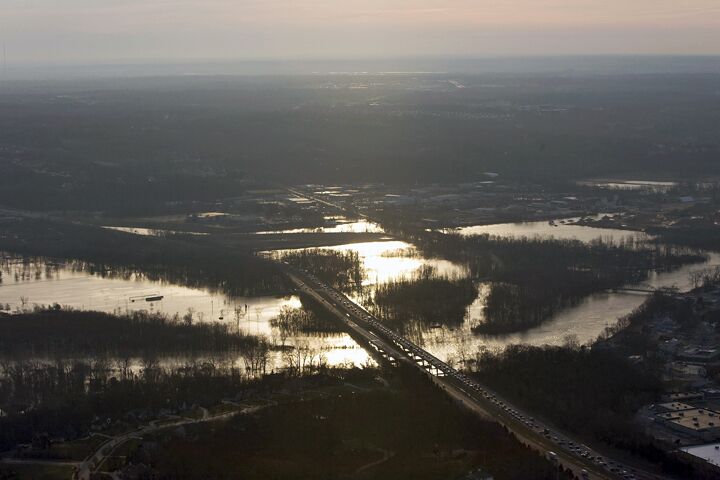
Heavy Rains Drowning U.S. Crop Production Hopes
When the full scope of the developing global food crisis first became evident last winter, grumbling broke out in America and riots broke out in two dozen other countries. Now, at a time when the world vitally needs bumper crops to ease the threat of pervasive food shortages, America’s breadbasket has been hit with torrential flooding.
Many farms in Iowa, Illinois, Indiana and Nebraska have received as much as 12 inches of rain this month so far, according to the National Weather Service. That is over four times the normal amount. Bridges have been wiped out by swollen rivers, homes have been evacuated due to rising water levels, and fields have been inundated. This could be the worst flooding the Midwest has experienced in 15 years.
Areas of Wisconsin, Minnesota and Missouri also experienced flooding last week.
Due to this flooding, at a time of year when the country’s corn crop should be flourishing one plant in ten has not even emerged from the ground, the Agriculture Department said on Monday.
The crop damage caused by this flooding has caused the Agriculture Department to slash its estimate of this year’s corn crop. As a result, U.S. corn prices have surged to record highs on Chicago future exchanges. Contracts for corn deliveries after July have already hit levels soaring above $7.25 a bushel—over double 2006 levels. Many fear the next problem for corn crops will be yield losses caused by weeds and crop diseases that thrive in over-saturated soils.
Increasing grain prices mean increasing livestock feed prices, which means that consumers may also soon face even higher prices for animal-based food products such as meat, eggs and dairy products.
American farmers produce 60 percent of the world’s corn, a third of the world’s soybeans, a quarter of the world’s wheat and a tenth of the world’s rice. Bad weather in the Midwest is greatly reducing America’s capacity to meet even normal levels of production, much less make up food shortages in the rest of the world. Drought in California and Australia are only serving to make the crisis even worse.
When Third World nations do not have food to export and First World nations are having their crops destroyed by inclement weather, where does the food come from? If current trends intensify, the food riots that two dozen countries have already experienced will move to America.
For more information on why this global food crisis is occurring, read “Are You Watching the Food Riots?” by Joel Hilliker.
